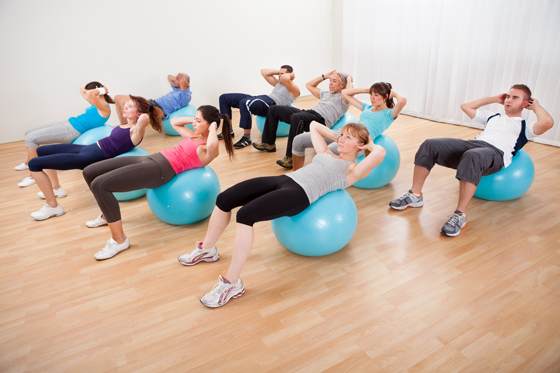Feeling On Your Own After Cancer
 |
| Some cancer survivors describe feeling a sense of abandonment, and feel "left hung out to dry" |
Dis-Ease Means Unease With a Disruption to Self
Some cancer patients indicate feeling a lack of ease with themselves and their physical fragility that no-one is addressing or helping them get through. This unease really speaks to a need for integrated cancer rehabilitation services to help patients:- recover their identity
- learn how to manage and adapt to any permanent impairments
- have a regular exercise schedule that has been tailored for them and will help to overcome the sense of constant fatigue
- receive specialized physiotherapy to address movement restrictions, swelling and cancer related pain
- when necessary, have counseling to overcome the sense of being deflated, dejected and even jaded after surgery
Acquiring a New Meaning for Physical Activity
When exercise means lowering the chances of cancer ever coming back, it takes on a new meaning. As one patient puts it, "keeping her blood oxygenated" through everyday exercise is the best way to keep the cancer away. For her, exercise has become a tool for a second chance and the gateway for her to get back to living her life. Building up muscle mass that has deteriorated is another often challenging aspect of post-cancer physical activity, but the benefits of exercise for cancer management are numerous and encouraging!
Cancer Rehabilitation is Available In Canada at 62 Different Locations
We offer a means for cancer patients to overcome many of the challenges and impairments that have resulted from cancer and its treatment. These side effects are most effectively overcome with an individualized treatment plan designed by a Cancer Rehabilitation professional.
Please contact one of our Cancer Rehab locations across Canada. Links will direct to a Cancer Rehab provider in your area.

































